I'm planning to drive the input of a WS2811 based LED strip (total approx 450 LEDs) from a microcontroller/arduino, as per the diagram below.
Do I need a transistor, buffer or anything else between the microcontroller GPIO and the WS2811 DIN? Or can I safely hook it up directly?

Also am I correct in reading from the WS2811 datasheet that even though the LED strip takes 12v, the WS2811 itself will run at 5v, and as a result the Din voltage should be at 5v too?